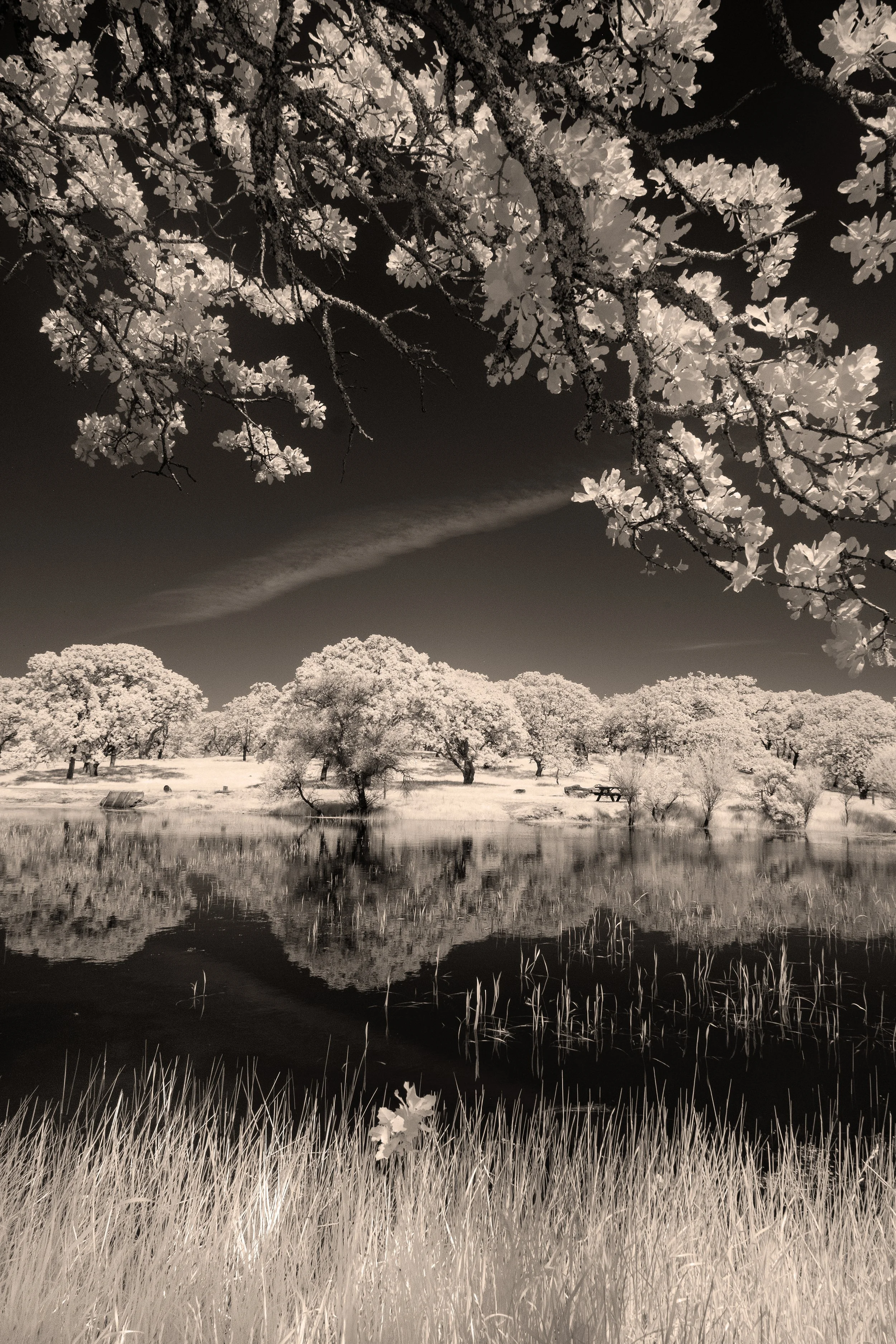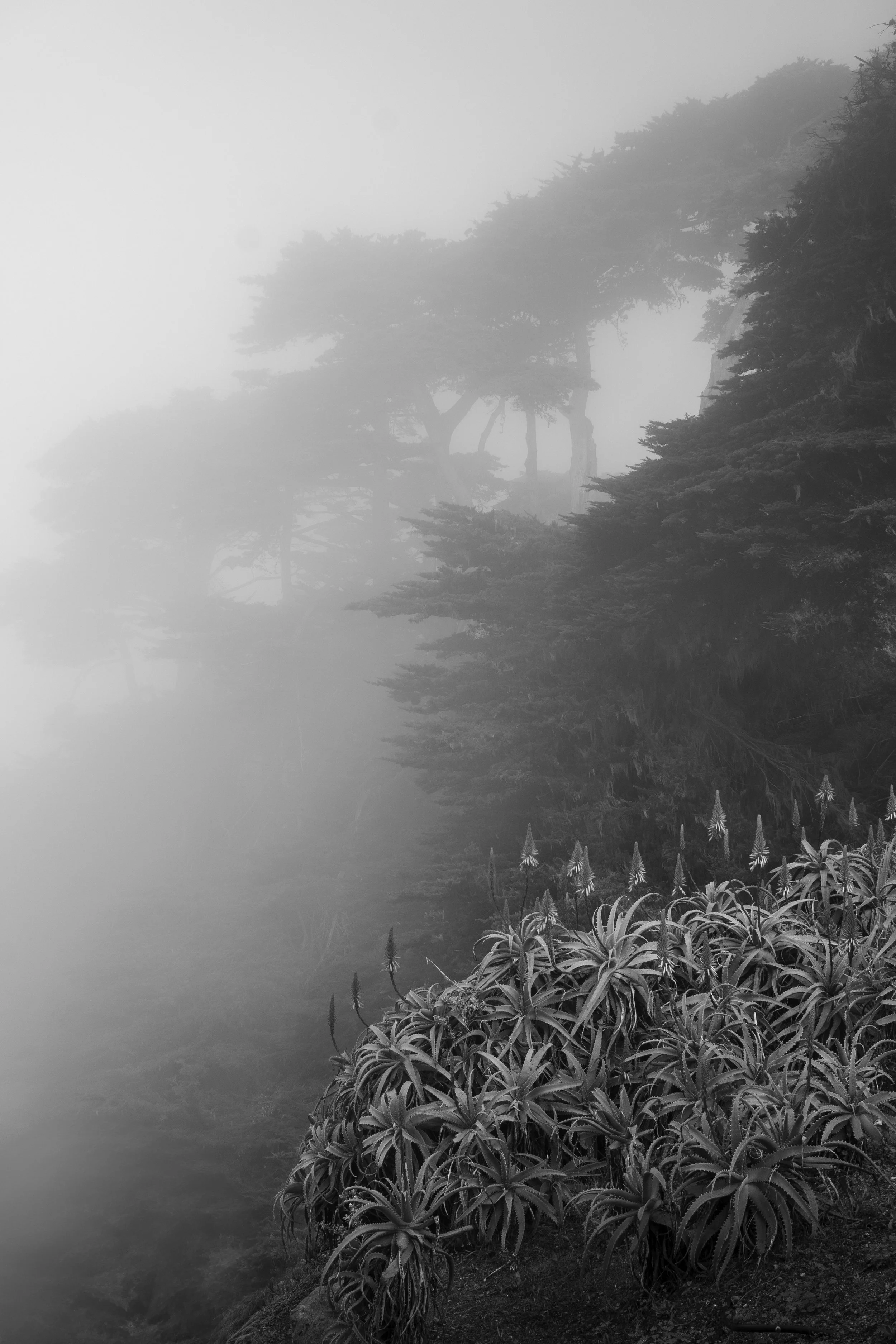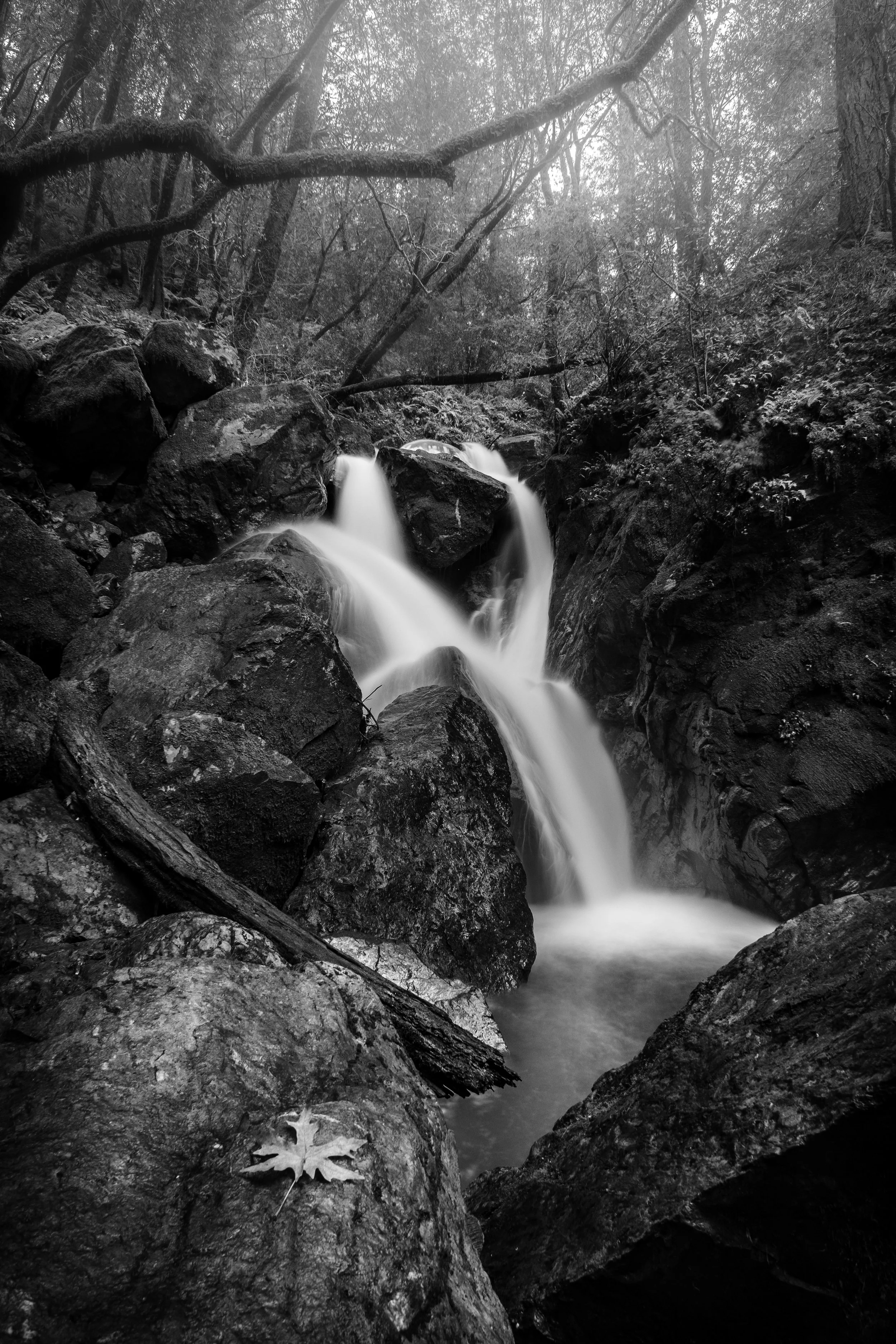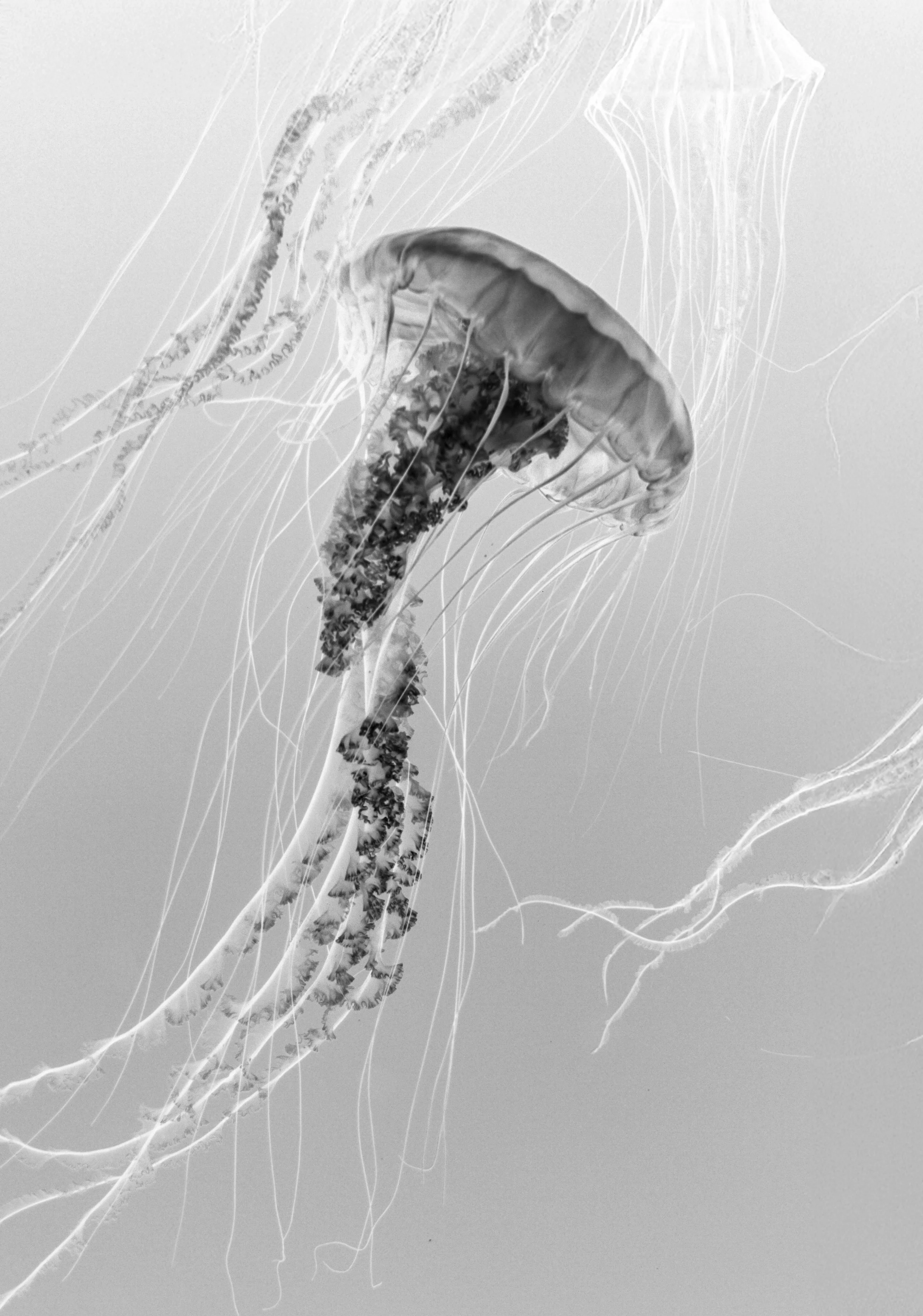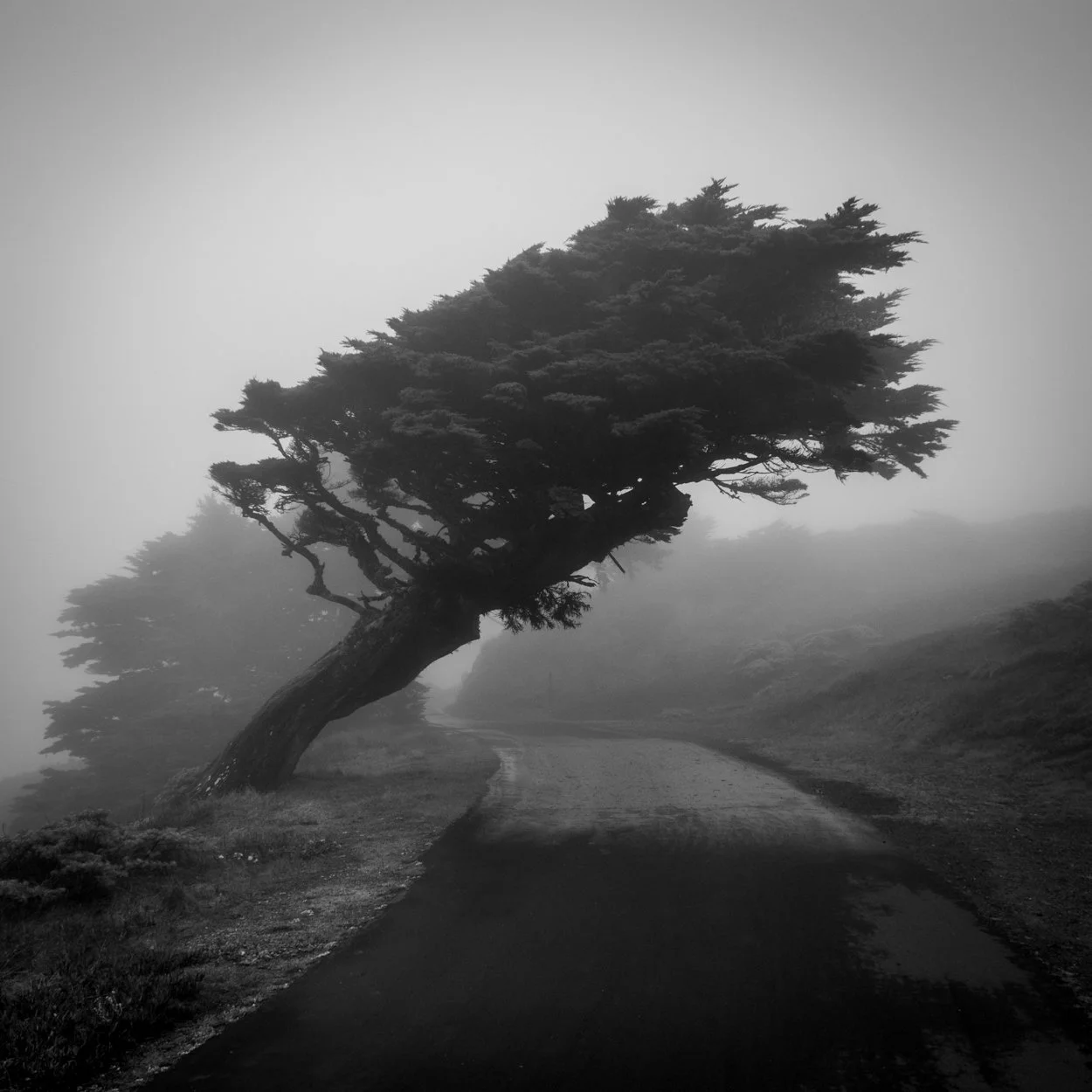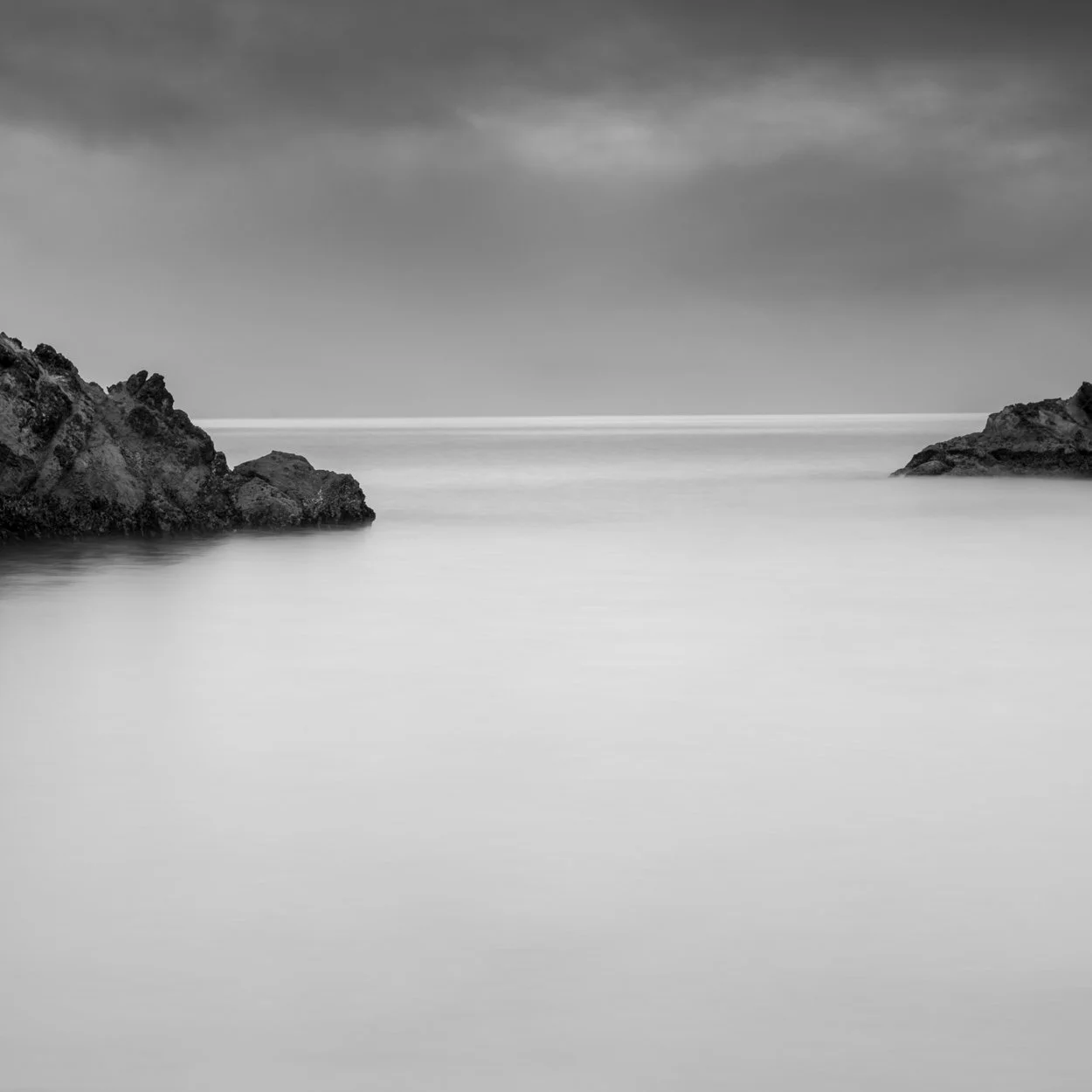Infrared Season: Bright Sunny Days, Infinite Possibilities.
As the sun reaches its peak, casting strong, radiant light across the landscape, infrared season comes alive. The world transforms into an otherworldly dreamscape—leaves and grass glowing like frost, skies deepening to an inky black, and reflections in full lakes shimmering like portals to another dimension. Every bright, sunny day presents an opportunity to see beyond the visible spectrum, revealing the unseen magic hidden in the ordinary.
Wandering through nearby parks, the majestic oaks stand tall, their canopies glowing white, their branches twisting in intricate patterns. These trees, witnesses to time, seem even more ancient and wise in the surreal glow of infrared. The contrast between shadow and light is striking, a reminder that photography is not just about capturing reality but interpreting it through a different lens.
To temper the stark beauty of traditional black and white infrared, I’ve decided to introduce a sepia tone—a subtle warmth that transforms the image into something timeless and inviting. This infusion of warmth softens the stark contrast, lending a nostalgic, almost cinematic quality. It bridges the gap between past and present, making the surreal dreamscape feel more tangible, more connected to human memory and emotion.
Each image becomes an experiment in perception, a fusion of technique and vision, a play between light and shadow, contrast and warmth. As I work with these images, adding layers for depth and texture, I find new ways to bring them to life, to make them not just photographs, but experiences—windows into a world that exists just beyond what the eye can see.
Infrared season is here and creative possibilities are endless. Every bright, sunny day invites exploration, creativity, and the chance to see the world in a way that few ever do.
M
The Tripod.....
Landscape photography is as much about patience and technique as it is about the gear you use. One of the most essential tools for capturing stunning long-exposure and low-light images is a sturdy tripod. However, while a tripod is crucial, it should never dictate your composition or restrict your creative freedom. In this post, we’ll explore how to use a tripod effectively while maintaining flexibility in your shooting approach.
The Role of a Tripod in Landscape Photography
For long exposure and low-light photography, a tripod is non-negotiable. It ensures stability, reduces camera shake, and allows for sharp images even when using slow shutter speeds. Whether you’re capturing silky waterfalls, star trails, or sunrise landscapes, a solid tripod will give you the precision and consistency needed for breathtaking shots. But here’s the catch—while a tripod is an essential tool, it can also become a crutch. Over-reliance on a tripod can limit movement, restrict composition choices, and even prevent you from discovering the best possible shot.
Tripod Placement: Think Before You Set Up
One of the most common mistakes photographers make is setting up their tripod before fully surveying the landscape. Once the tripod is in place, it becomes tempting to work within its limitations rather than exploring different perspectives. Instead, follow these steps before deciding where to place your tripod:
1. Scout the Scene First
Walk around and observe potential compositions before even unpacking your tripod. Look for leading lines, interesting foreground elements, and the best vantage points.
2. Frame Your Shot Handheld First
If lighting allows, compose your shot handheld before locking into a tripod position. This gives you greater flexibility in finding the best angle and framing.
3. Only Set the Tripod When You’re Confident in the Composition
Once you’ve identified the perfect shot, then set up your tripod at the ideal height and position. This prevents the tripod from limiting your creative choices.
Convenience vs. Creativity
A tripod should serve your vision, not limit it. Yes, it’s convenient to set up in one spot and shoot multiple frames, but convenience isn’t always the key to a great image. Challenge yourself to move around, explore different perspectives, and not get too comfortable just because the tripod is already set up.If you find yourself using a tripod purely out of habit, consider stepping away from it occasionally and experimenting with different techniques. Use it when necessary for long exposures, but don’t let it dictate your photographic decisions.
M.
From Purist to Creator.....
From Purist to Creator: How My Approach to Photography Evolved
For years, I considered myself a purist in photography. I believed the image I made in the field, straight out of the camera, was the final product. My process relied on careful planning: using filters, adjusting settings, and meticulously composing the shot. I thought my role as a photographer was complete the moment I clicked the shutter.
But I was wrong.
This year, my perspective was completely transformed by an unexpected encounter. During a trip to San Francisco, I planned to capture architectural photography, a genre I had been exploring with growing interest. One afternoon, I found myself at Fort Point, a location rich with history, beautiful light, and striking architecture.
As I worked to frame the perfect shot, a fellow photographer struck up a conversation with me. His name was Joel Grimes. What started as a casual chat turned into an hour-long masterclass that redefined my approach to photography.
Joel shared a powerful insight: the capture is just the beginning. He explained that even the greatest landscape and architectural photographers treat the image they capture in the field as a foundation. The real artistry, he emphasized, happens afterward—in the “darkroom,” or today’s digital equivalent, post-processing.
I realized I had been limiting myself by clinging to the idea of “purity” in photography. My goal was to make a technically flawless image, but I wasn’t allowing myself the creative freedom to transform it into art.
Joel’s words resonated deeply. I thought about master photographers like Ansel Adams, whose breathtaking landscapes weren’t merely the result of perfect exposures but also meticulous work in the darkroom. The artistry came from interpreting the scene and shaping the image to express a vision.
After that conversation, my photography changed completely. I began embracing post-processing as an essential part of my creative process. It’s not about “fixing” mistakes; it’s about taking a good photograph and elevating it into something truly extraordinary. It’s about storytelling, mood, and emotion—things that can’t always be captured entirely in-camera.
That day at Fort Point was a turning point. The light filtering through the arches, the interplay of textures, and the sheer beauty of the architecture became more than just a photographic opportunity. They became a canvas for artistic expression.
Looking back, I’m grateful for the encounter that changed my perspective. Photography isn’t just about recording what you see; it’s about creating what you feel. The camera is merely the first step in a larger journey—a journey I’m excited to continue exploring.To any fellow purists out there: consider giving yourself permission to experiment and create. The image you make in the field is important, but it’s only the beginning of what it can become.
Here’s to the art of photography and the endless possibilities it holds.
Time.....
Mastering Time Management in Landscape Photography: The Art of Moving On
As landscape photographers, we’ve all been there—finding the perfect spot, setting up our gear, and waiting patiently for that one magical moment when light, weather, and subject align. It’s easy to get lost in the pursuit of the shot, staying glued to one location for hours, chasing perfection. But is that really the most effective way to use your creative time?
In this post, we’ll explore the delicate balance between patience and productivity, and how effective time management can help you create a greater variety of stunning images during your shoots.
The Allure of the Perfect Shot
There’s something mesmerizing about the idea of capturing the one—an image so extraordinary it justifies every ounce of effort. Sometimes, this dedication pays off. Think of iconic photographs that required immense patience, like an elusive sunrise through the clouds or a perfectly timed wave crashing against the rocks. But here’s the catch: landscape photography is as much about storytelling and diversity as it is about perfection. Spending too much time in one location can limit your portfolio, stifle your creativity, and leave you wondering what opportunities you missed just around the bend.
When to Stay, When to Move
The key to effective time management in landscape photography lies in balancing patience with the willingness to move on. Ask yourself these questions while in the field:
1. Have I maximized this composition?
Once you’ve captured the scene from different angles, focal lengths, and lighting conditions, you’ve likely done justice to that location.
2. Is the light improving or declining?
If conditions are getting worse or the golden hour is slipping away, it’s a good indicator that it’s time to move.
3. What’s the opportunity cost?
Consider what other scenes or moments you might miss if you stay too long in one spot.
Managing Your Creative Time
To make the most of your shooting time, adopt these strategies:
1. Plan Ahead: Use apps and maps to scout multiple locations in advance. Knowing your options gives you flexibility if conditions change or a scene doesn’t pan out.
2. Set Time Limits: When you arrive at a spot, set a mental (or actual) timer. Spending 15–30 minutes at a location is often enough to capture the essence of a scene.
3. Work Efficiently: Shoot quickly but thoughtfully. Take test shots, experiment with settings, and refine your composition without overanalyzing every frame.
4. Stay Flexible: Be ready to adapt. Weather, light, and unforeseen elements can change your plans, but that’s part of the adventure.
5. Prioritize Variety: A day with multiple solid images from different locations often feels more rewarding than one location yielding a single masterpiece.
Final Thoughts: Make Every Moment Count
Landscape photography is about more than just the destination; it’s about the journey and the variety of stories you tell along the way. By being intentional about how you spend your time in the field, you can unlock more creative opportunities, grow your portfolio, and keep the joy alive in your photography practice. Remember: every scene has its magic, but sometimes the most extraordinary shot is waiting just a little farther down the road. Be bold enough to move on, and your photography will thank you for it.
M.
Jellyfish, Monterrey Bay Ca.
Experimental projects
I recently experimented with an inverted, black-and-white photograph of jellyfish, and the result is mesmerising. The inversion transforms these graceful creatures into something almost otherworldly, where light and shadow play unexpected roles. The usually translucent jellyfish take on a ghostly appearance, their flowing tentacles becoming delicate white lines that float against a dark backdrop. By flipping the tones, I’ve given a surreal twist to their natural elegance, emphasizing their intricate textures and ethereal quality. This piece invites the viewer to see familiar marine life from a new perspective, turning the ocean’s soft forms into a stark, abstract beauty.
Although this technique is by no means new, it does offer an oppotunity to work with the many images that I have on some of my older hardrives.
M.
Point Reyes
I have always wanted to shoot Point Reyes in fog, had the opportunity to go a few weeks ago and was rewarded with perfect conditions.
Point Reyes is a place where fog transforms the landscape into a world of mystery. This image captures a lone tree, bent and weathered, standing defiantly along a deserted path. The fog wraps everything in silence, blurring boundaries and adding depth to shadows. Each branch and curve of the road seems to lead deeper into the unknown, evoking a quiet, haunting beauty that invites viewers to pause and reflect. In this monochromatic setting, the tree becomes a symbol of resilience against nature’s shifting moods, embodying both strength and solitude amidst the ever-present mist
M.
Day trip to the City
Sutra Baths, San Francisco Ca.
Capturing Timelessness: A Day Trip to San Francisco’s Sutro Baths in Fog.
There’s something magical about black-and-white photography, especially when combined with the surreal beauty of long exposures. On a recent day trip to San Francisco, I ventured to the iconic Sutro Baths, where history meets the rugged beauty of the Pacific coast. What I hadn’t anticipated was the added drama that would unfold as fog rolled in, transforming the scene into something otherworldly—a perfect canvas for black-and-white photography.
The Sutro Baths, located at the edge of Lands End, is one of San Francisco’s most scenic and haunting locations. Originally built in 1896, this massive public bathhouse was once a symbol of grandeur but now lies in ruins, a skeletal reminder of its former glory. Surrounded by jagged cliffs and the ever-present sound of crashing waves, the setting feels timeless—a place where nature slowly reclaims human history.
As I arrived, the weather was overcast, typical of San Francisco, but within an hour, a thick blanket of fog began to roll in from the Pacific, softening the harsh lines of the landscape and adding a layer of mystique to the atmosphere.
For this shoot, I chose long exposure photography to emphasize the passage of time, allowing the steady motion of the waves and fog to blur into silky, ethereal shapes. The contrast between the static, crumbling remains of the Sutro Baths and the dynamic, ever-moving elements of the environment—fog and ocean—created a perfect juxtaposition
The Technique: Finding Balance in Motion
Shooting long exposures on a foggy day comes with its own set of challenges and rewards. With reduced visibility and constantly shifting light, I had to be mindful of exposure times. I used a neutral density filter to extend the shutter speed and a sturdy tripod to avoid camera shake, especially important with the coastal winds picking up as the fog grew thicker.
For me, this shoot at the Sutro Baths was more than just an exercise in technique—it was a meditation on the passage of time, both immediate and long-term. The long exposure allowed me to capture the slow, inevitable movements of nature—the fog creeping inland, the ocean endlessly shaping the coast. Meanwhile, the decaying ruins stood as a testament to the fleeting nature of human endeavors, slowly being claimed by the elements.
San Francisco’s coastal landscapes offer endless opportunities for black-and-white long exposure photography, but there’s something uniquely magical about the Sutro Baths, especially when enveloped in fog.
If you ever find yourself in San Francisco, camera in hand, I highly recommend taking a trip to the Sutro Baths, especially if the fog decides to join you. You may just find that the interplay between the elements, ruins, and long exposure will inspire your own journey into monochrome photography.
M.
Back to the Coast
With each trip back to this breathtaking part of California, I find new stories in the silence, and the Fujifilm XT5 continues to be the perfect tool for capturing the North Coast’s timeless beauty.
Read More